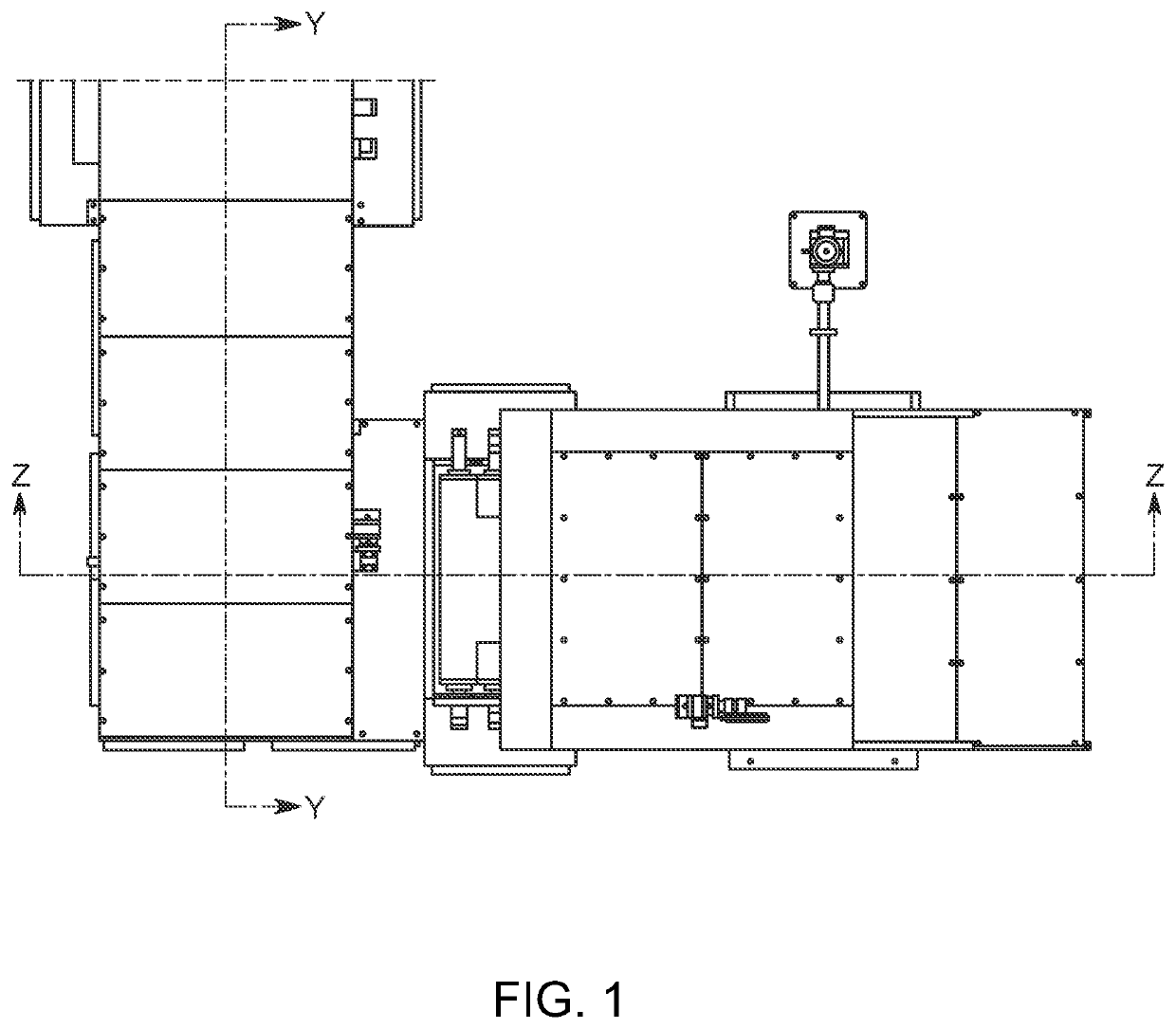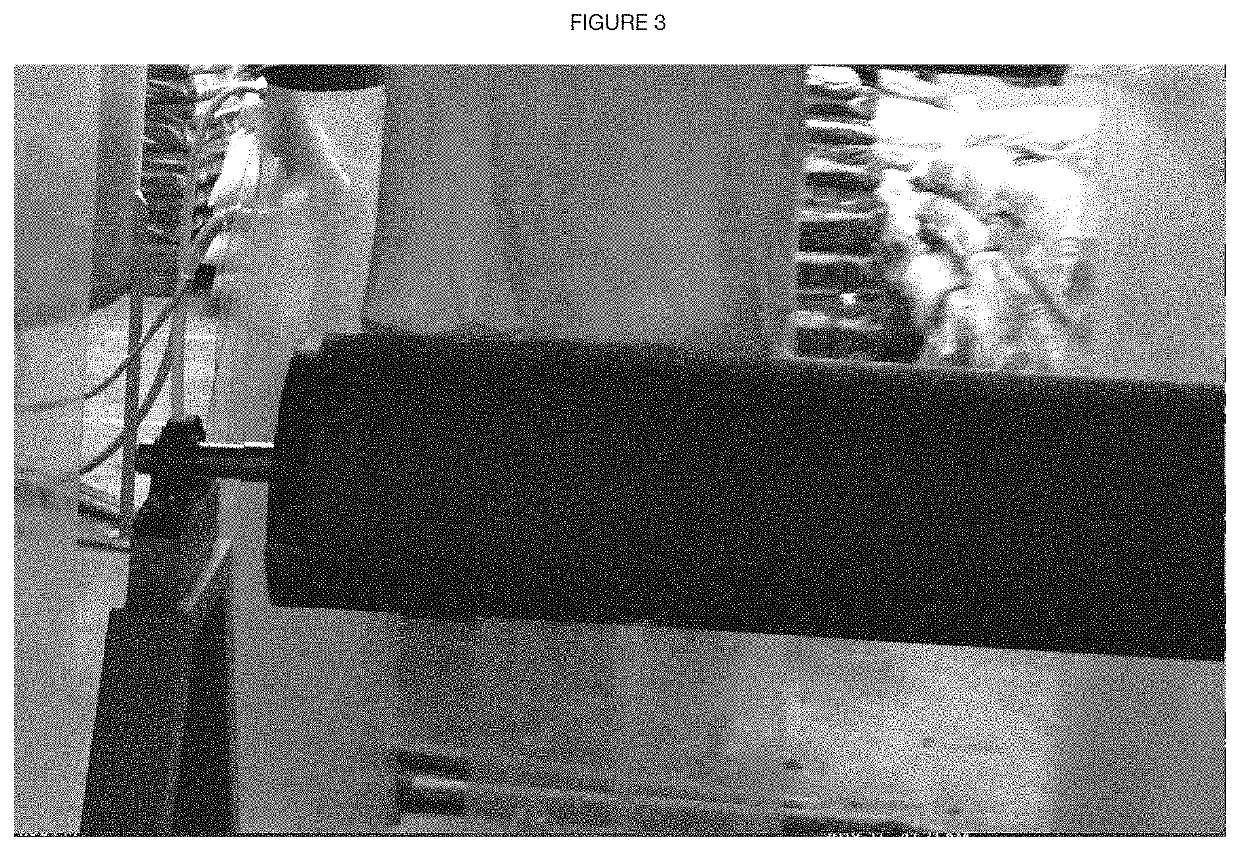System and method for proactive dyeing for cellulosic and cellulosic blended textiles
a cellulosic blend and textile technology, applied in the direction of dyeing process, liquid/gas/vapor textile treatment, dyeing process, etc., can solve the problems of high number of electrolytes, poor affinity of dyeing to cellulose, and environmental problems of the industry, so as to improve the dyeing ability of cellulose, reduce waste water, and reduce energy consumption and co2 emission
- Summary
- Abstract
- Description
- Claims
- Application Information
AI Technical Summary
Benefits of technology
Problems solved by technology
Method used
Image
Examples
Embodiment Construction
[0052]The disclosed and shown system and method, provides for anionic fibrous material with cationic reactive groups. Preferably, the anionic fibrous material can be cellulose or cellulosic blended fabric, which can be in the raw greige stage directly from the knitting process. The raw greige fabric could be pre-treated by being scoured or beached but is not preferred as it increases the cost of the dyed end fabric. The fabric is in dry condition and can be in rolls or in flat form. Through use of the system / method, the cellulosic or cellulosic blended fibrous fabric is first padded with a cold mixture of cationic reactant, water and other auxiliary chemicals, winded up on a self-catching A-frame, sealed air tight preferably with a plastic or other air tight material and packed with plastic tape and patched for a period to form the cationic cellulose.
[0053]Preferably, padding comprises padding a cold EPTAC chemical though dosing on the cellulose or cellulosic blended fabric through ...
PUM
| Property | Measurement | Unit |
|---|---|---|
| pH | aaaaa | aaaaa |
| temperature | aaaaa | aaaaa |
| temperature | aaaaa | aaaaa |
Abstract
Description
Claims
Application Information
 Login to View More
Login to View More - R&D
- Intellectual Property
- Life Sciences
- Materials
- Tech Scout
- Unparalleled Data Quality
- Higher Quality Content
- 60% Fewer Hallucinations
Browse by: Latest US Patents, China's latest patents, Technical Efficacy Thesaurus, Application Domain, Technology Topic, Popular Technical Reports.
© 2025 PatSnap. All rights reserved.Legal|Privacy policy|Modern Slavery Act Transparency Statement|Sitemap|About US| Contact US: help@patsnap.com



